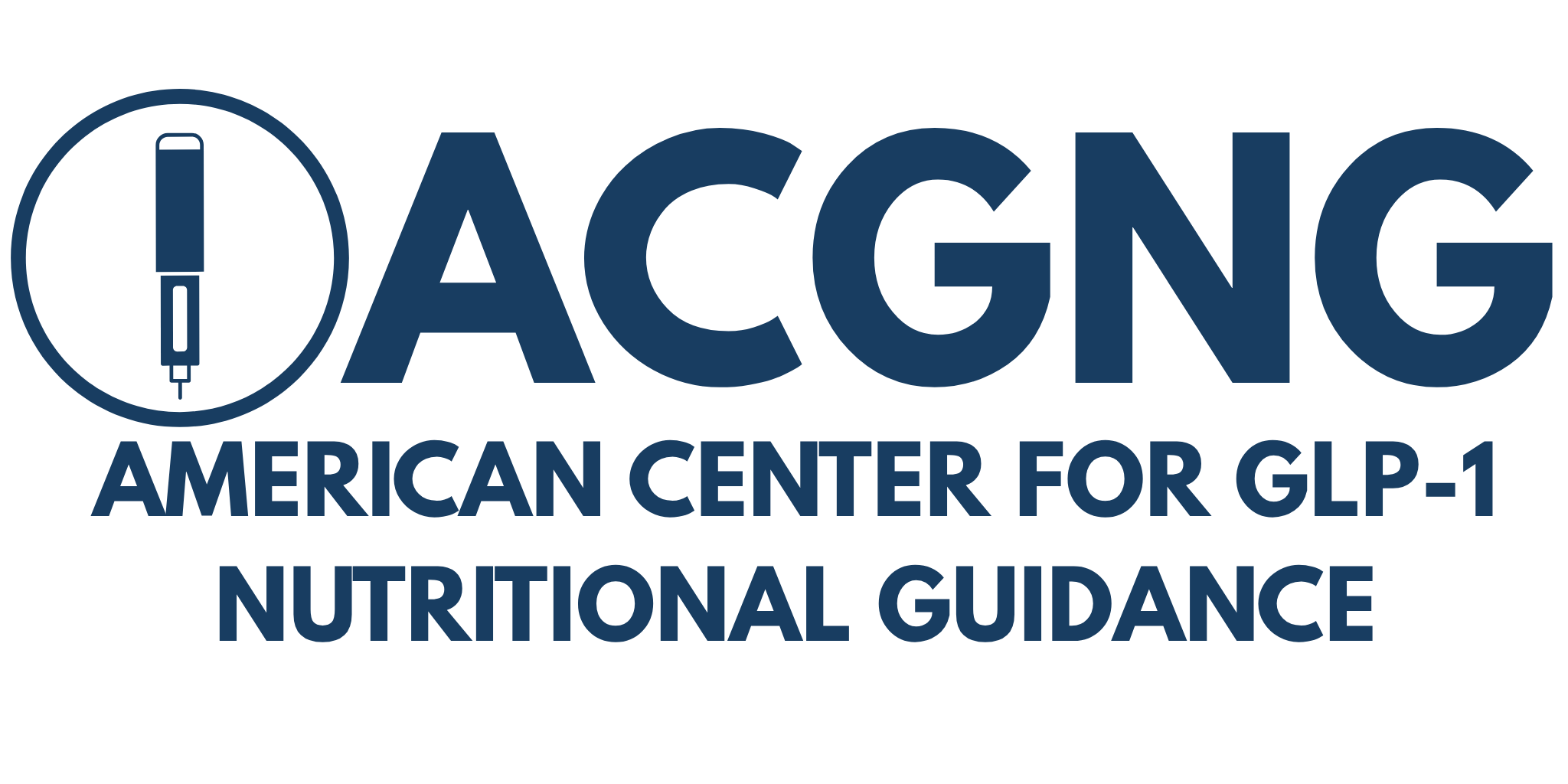This page provides up-to-date clinical guidance for the use of GLP-1 receptor agonists in the management of obesity, type 2 diabetes, and metabolic syndrome. It summarizes professional consensus statements, evidence-based recommendations, and algorithmic treatment pathways endorsed by major medical societies.
Key Recommendations
- First-line for Obesity: The Obesity Society and AACE recommend GLP-1 receptor agonists (e.g., semaglutide, tirzepatide) for adults with BMI ≥30, or ≥27 with weight-related comorbidities.
- Cardiometabolic Priority: The ADA and EASD advise GLP-1s as preferred agents in type 2 diabetes patients with atherosclerotic cardiovascular disease (ASCVD) or high risk.
- Lifestyle First, Then Adjunct: GLP-1 medications are recommended as adjuncts to intensive lifestyle interventions, not replacements.
- Long-Term Use Validated: Sustained use (12–24 months) has been associated with better long-term weight maintenance and glycemic control.
Clinical Algorithm Example (Weight Loss Focus)
- Assess BMI, comorbidities, and weight loss history
- Initiate lifestyle intervention (diet, physical activity, behavior)
- Reassess at 3 months:
- If < 5% weight loss, consider pharmacotherapy
- Screen for GLP-1 therapy eligibility
- Start GLP-1 therapy with appropriate titration
- Continue monitoring for 6–12 months and assess maintenance plan
Professional Society Sources
- American Diabetes Association (ADA) 2024 Standards of Care
- American Association of Clinical Endocrinologists (AACE) Obesity Guidelines
- European Association for the Study of Diabetes (EASD)
- The Obesity Society (TOS) Practice Guidelines
Emerging Guidance
- Use of dual and triple agonists (e.g., tirzepatide, retatrutide) under close specialist supervision
- Integration with multidisciplinary care teams (nutrition, behavioral therapy, endocrinology)
- Patient-centered titration based on tolerability and adherence
Printable Downloads
Coming soon: Downloadable guideline summaries, flowcharts, and shared decision-making tools.
Disclaimer
These guidelines are intended for licensed healthcare professionals. Always use in conjunction with your institution’s protocols and the latest updates from official medical organizations.
